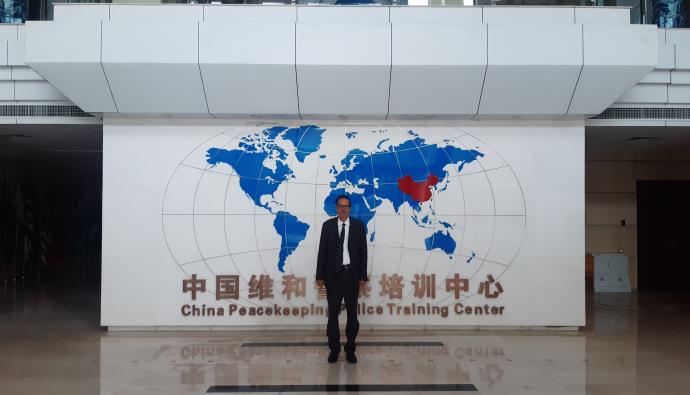INTERDISCIPLINARY TEAMS OF ACADEMICS IN NORMALE AND SANT’ANNA SCHOOLS WILL MIRROR COMPLEX CHALLENGES: ON MAY 17, ETHERNA PROJECT KICKOFF MEETING AT NORMALE, TO STUDY CARDIOVASCULAR AND NEURODEGENERATIVE DISEASES

The next meeting at the Normale on May 17, at 6.00 pm, will cover the latest research in the use of microRNA for early detection of cardiovascular and neurodegenerative diseases. Keynote speakers include: Antonino Cattaneo, Professor of Physiology and Director of the Laboratory of Biology at Normale; Vincenzo Lionetti, Professor of Anaesthesiology at Sant’Anna Institute of Life Sciences. Professor of Physiology Alessandro Cellerino will act as the project coordinator. The Etherna project kickoff meeting marks the official launch of the “Scuole allo Specchio” initiative, a joint interdisciplinary research between Normale and Sant’Anna.
Circulating miRNAs are involved in the regulation of signalling pathways associated to aging and can be used as diagnostic markers for cardiovascular and neurodegenerative diseases. Molecular and cellular modifications may lead to a variety of health challenges and may play a key role in the development of aging and age-related diseases. Cardiovascular diseases are the major cause of death, particularly in the elderly population
The Fondazione Pisa contributed 1 million euros to offer the opportunity to engage in the neurodegenerative diseases problem-solving through the Etherna cooperative project involving partners from the Laboratorio di Biologia (Bio@SNS) at Normale, the Institute of Life Sciences at Sant’Anna, the Institute of Clinical Physiology – CNR, the Fondazione Toscana Gabriele Monasterio and the Department of Biology – University of Pisa.
Age-induced MiRNAs and namely miR-29 have been implicated in the aging program and in disease of the nervous system. The interdisciplinary teams of researchers will use antibodies in neurodegenerative disease models. The “pathologic” proteins are developed by fusing the antibody heavy and light chains, creating a much smaller protein with unaltered specificity. The much smaller molecular sensors (nano-antibodies) are promising diagnostic and therapeutic reagents for protein misfolded diseases to optimize therapeutic action.



